08.IdentityServer4登录中心
08.IdentityServer4登录中心
IdentityServer就是一套Framework,实现了OAuth的授权
理解OAuth流程,学会怎么使用他
http://ruanyifeng.com/blog/2014/05/oauth_2_0.html
客户端模式(client credentials)
客户端模式,在使用微信支付或者支付宝支付的时候,会使用这种模式

简单的实现一个IdentityServer
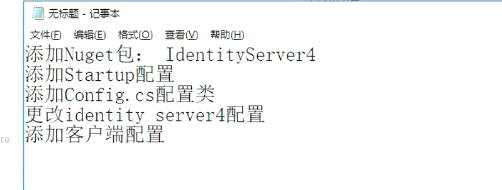
首先新建webapi的项目
在我的电脑D:\MyDemos\jesse\下创建文件夹IdentityServerSample
D:\MyDemos\jesse\IdentityServerSample
然后在这个文件夹下面打开dos窗体。创建webapi的项目
dotnet new webapi --name IdentityServerCenter
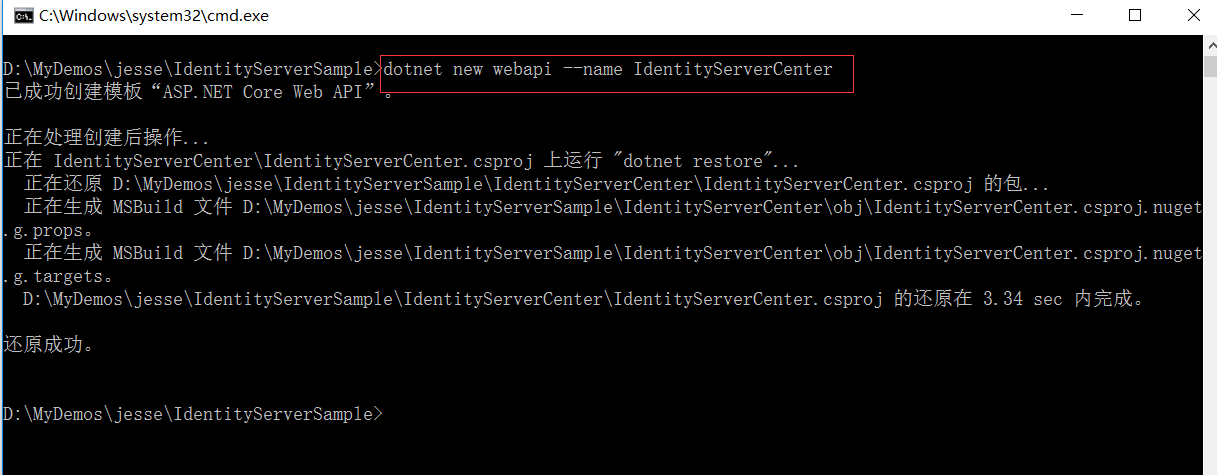
D:\MyDemos\jesse\IdentityServerSample\IdentityServerCenter
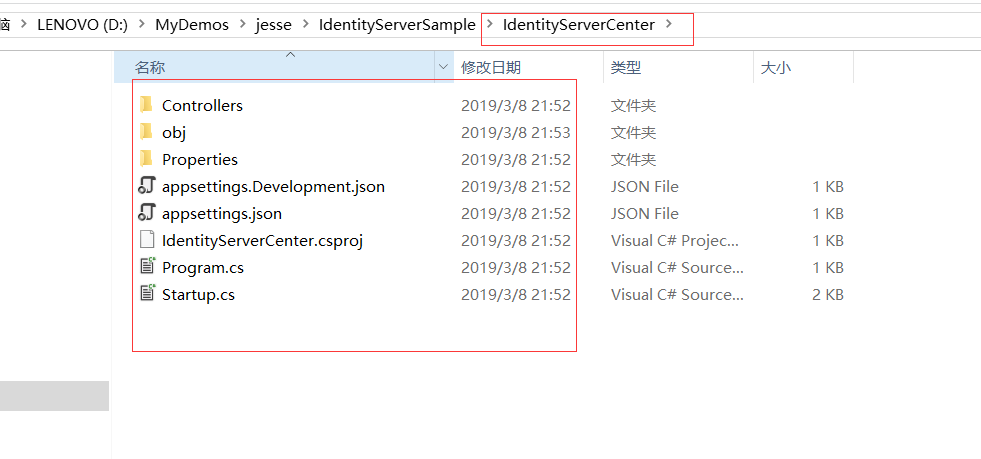
视频上用VScode打开的。 我还是用VS2017打开吧
添加Nuget包
Nuget安装包:IdentityServer4
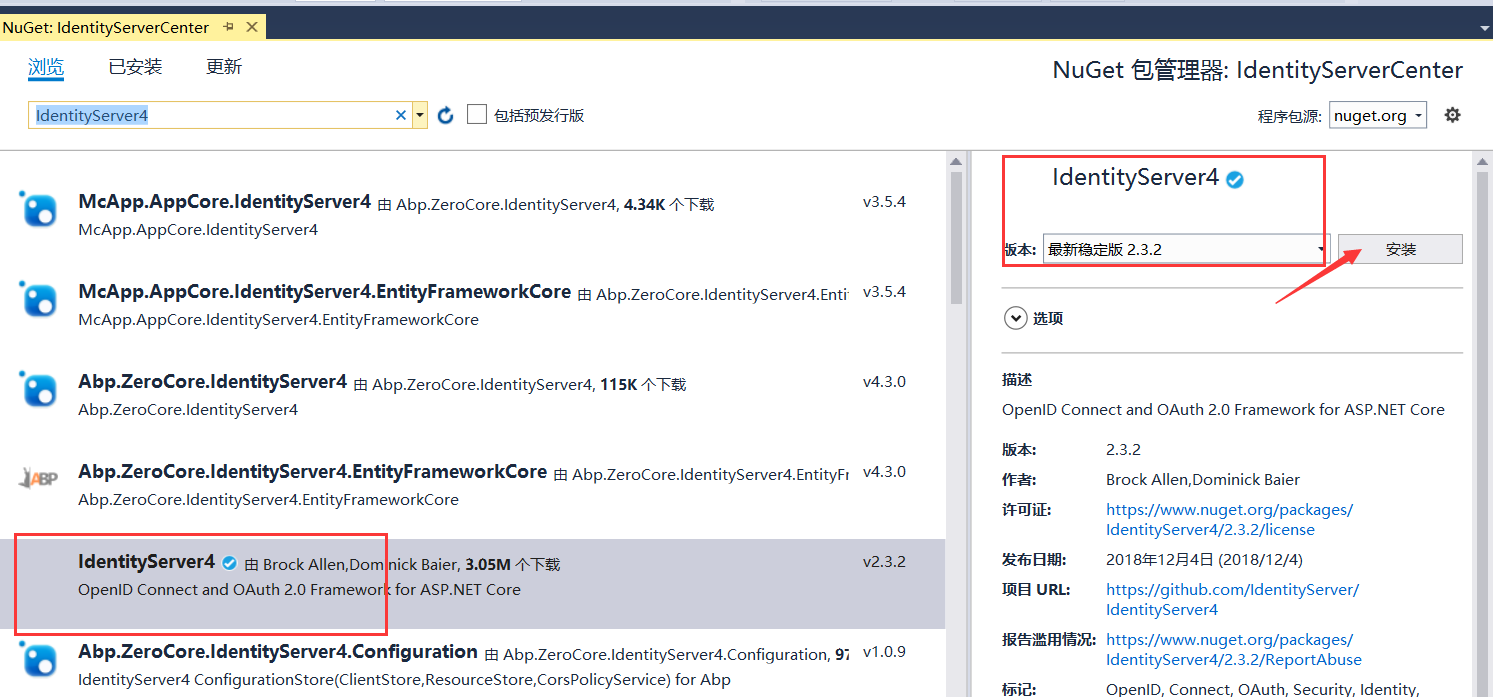
添加StartUp配置
在MVC以前添加service配置
引入命名空间 using IdentityServer4;
配置添加到依赖注入里面
services.AddIdentityServer()
.AddDeveloperSigningCredential();

添加完依赖注入以后,要使用这个Identity
//app.UseMvc();//这里我们暂时用不到MVC。这里先注释掉 app.UseIdentityServer();

然后我们在Program.cs里面
设置启动地方为5000端口
.UseUrls("http://localhost:5000")
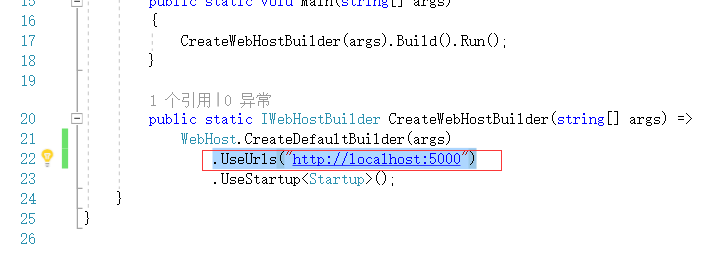
Config.cs类
在根目录下创建 Config.cs文件
这个类是我们暂时用来初始化IdentityServer的
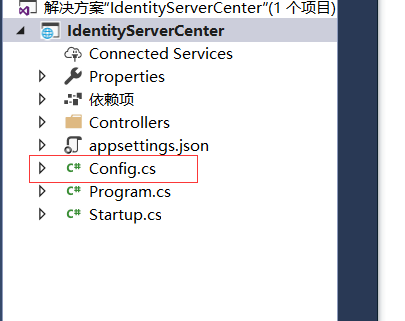
类里面我们会写一些静态方法
这里返回一个Resource
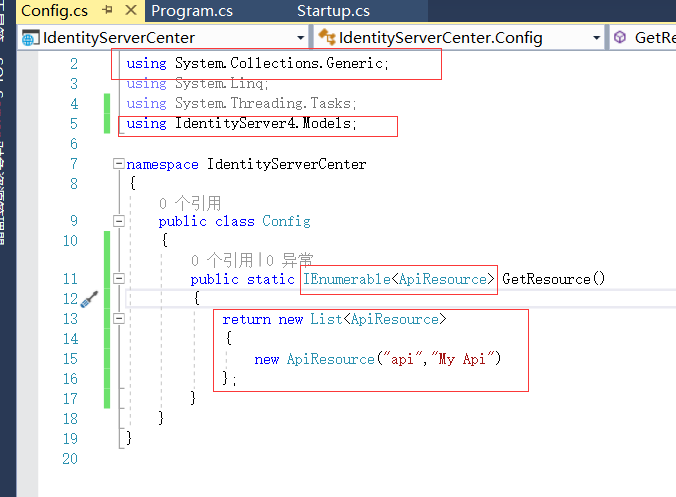
接下来定义Client客户端
在给一个可以访问Resource,就是这个Client呢可以访问我们那些Resource

using System; using System.Collections.Generic; using System.Linq; using System.Threading.Tasks; using IdentityServer4.Models; namespace IdentityServerCenter { public class Config { public static IEnumerable<ApiResource> GetResource() { return new List<ApiResource> { new ApiResource("api","My Api") }; } public static IEnumerable<Client> GetClients() { return new List<Client>() { new Client() { ClientId="client", AllowedGrantTypes=GrantTypes.ClientCredentials,//最简单的模式 ClientSecrets={ new Secret("secret".Sha256()) }, AllowedScopes={ "api"} } }; } } }
把我们的ApiResoure加入进来
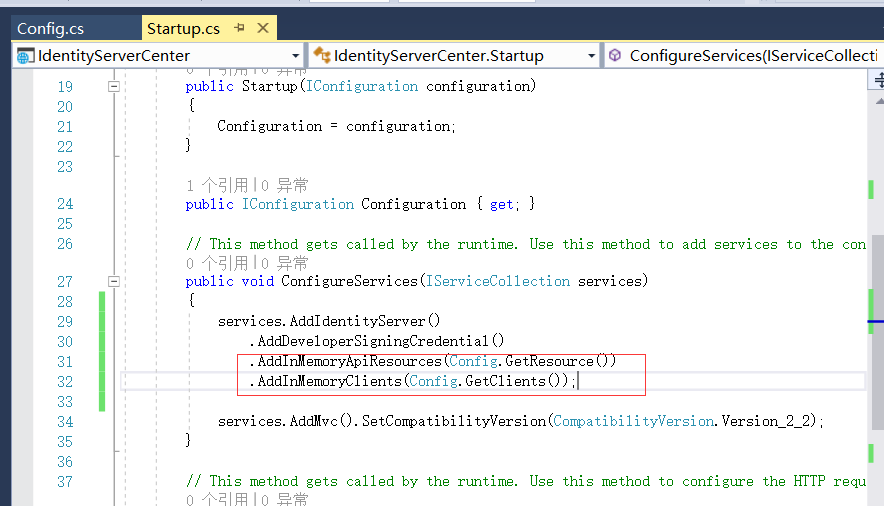
运行程序
这里我先都注释掉
这里没有添加mvc的管道也没有添加webapi
webapi和mvc实际上一个管道。
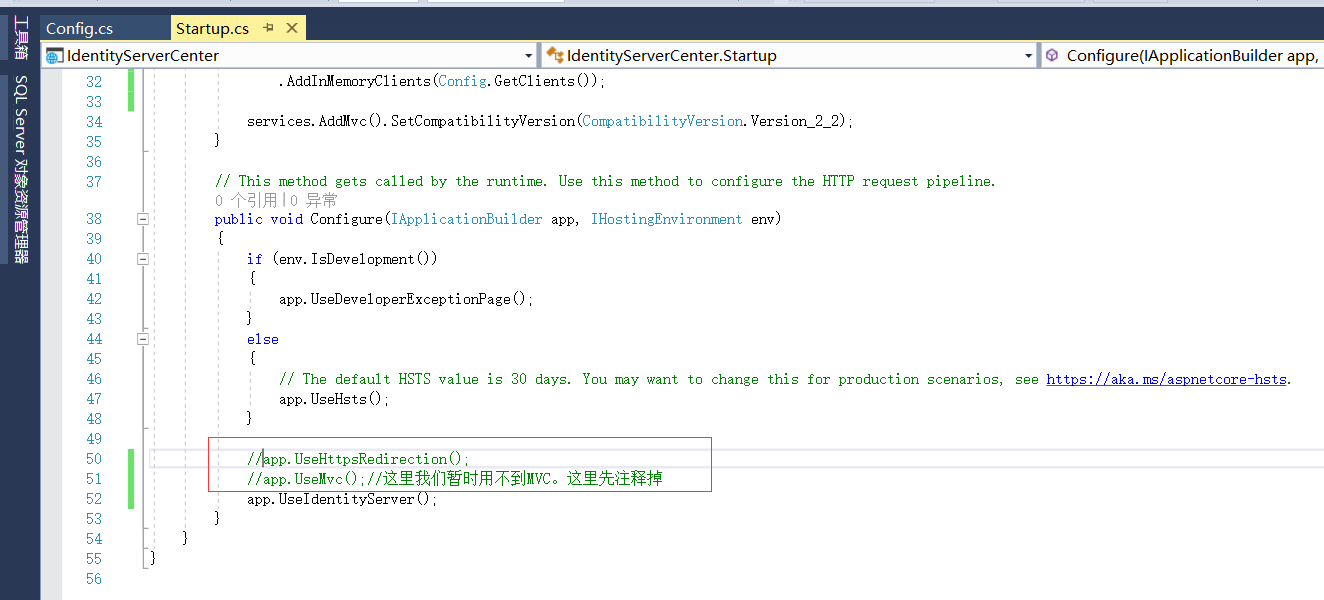
打开地址,什么也看不到
http://localhost:5000/
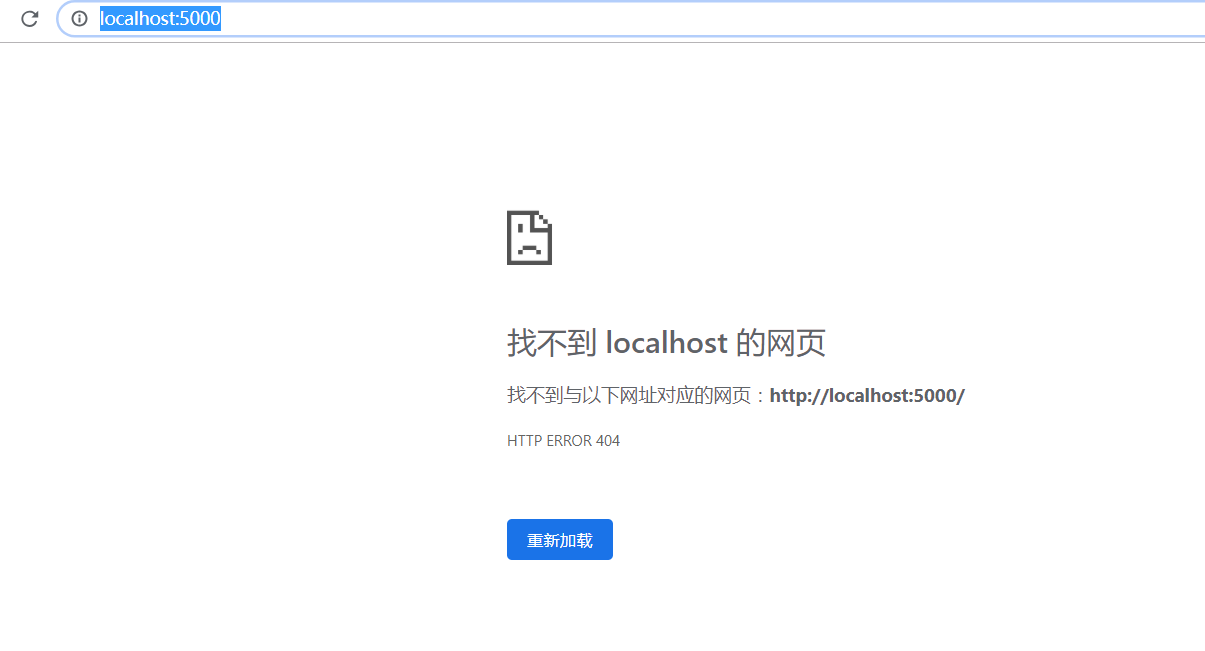
identityServer给我提供一个固定的地址:
http://localhost:5000/.well-known/openid-configuration
这里给我们一些基本的配置,基本的信息
{ "issuer": "http://localhost:5000", "jwks_uri": "http://localhost:5000/.well-known/openid-configuration/jwks", "authorization_endpoint": "http://localhost:5000/connect/authorize", "token_endpoint": "http://localhost:5000/connect/token", "userinfo_endpoint": "http://localhost:5000/connect/userinfo", "end_session_endpoint": "http://localhost:5000/connect/endsession", "check_session_iframe": "http://localhost:5000/connect/checksession", "revocation_endpoint": "http://localhost:5000/connect/revocation", "introspection_endpoint": "http://localhost:5000/connect/introspect", "device_authorization_endpoint": "http://localhost:5000/connect/deviceauthorization", "frontchannel_logout_supported": true, "frontchannel_logout_session_supported": true, "backchannel_logout_supported": true, "backchannel_logout_session_supported": true, "scopes_supported": [ "api", "offline_access" ], "claims_supported": [], "grant_types_supported": [ "authorization_code", "client_credentials", "refresh_token", "implicit", "urn:ietf:params:oauth:grant-type:device_code" ], "response_types_supported": [ "code", "token", "id_token", "id_token token", "code id_token", "code token", "code id_token token" ], "response_modes_supported": [ "form_post", "query", "fragment" ], "token_endpoint_auth_methods_supported": [ "client_secret_basic", "client_secret_post" ], "subject_types_supported": [ "public" ], "id_token_signing_alg_values_supported": [ "RS256" ], "code_challenge_methods_supported": [ "plain", "S256" ] }
这里是支持的几种模式

这里是加密的方式

会暴露一些endpoint

下一节课 我们要实现Resource。写一个API

 浙公网安备 33010602011771号
浙公网安备 33010602011771号